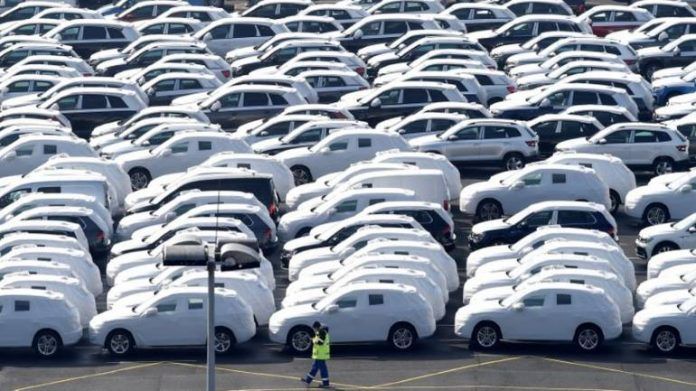NEW DELHI: Make-in-India has got a makeover. The Economic Survey has advocated that the government make an aggressive ‘Assemble-in-India’ pitch, without jettisoning the Make-in-India anthem, to create four crore jobs in five years. The idea is to take advantage of the trade war and adjustments due to rising labour costs in China.
The strategy, which has already yielded results in assembly of cars as well as mobile phones, is seen as the panacea for employment generation, especially in the manufacturing sector, at a time when job creation has become a major concern.

The other focus seems to be on entrepreneurship, with government’s annual economic report card indicating that there is a massive activity at the ground level, seen in the establishment of 1.2 lakh firms in 2018, an over 70% rise over the 70,000 new entities set up in 2014.
But India becoming home to global giants such as Apple, Samsung and Sony, much like China, is seen to be the main driver in addition to the focus on traditional sectors such as textiles and footwear.
The underlying theme is availability of labour and the massive potential for exports, given the low share of network products such as telecom equipment, office machines, electrical machinery and road products. To to do this, India has to be part of a global value chain as developing countries find it tough to create a market for capital-intensive products in quality and brand-conscious richer countries. It will also require government to allow import of components at low tariffs.
As an example, China received less than $8.5 for assembling every iPhone 7, but the value added was very high given the large volumes, which make it a global assembly hub.
Going by current projections, India’s export of network products is projected to rise from $32 billion in 2018 to $248 billion in 2025 and top $490 billion in 2030. As a result, direct employment is projected to increase from 4 4 lakh jobs in 2020 to 1.4 crore jobs in 2025 and over 2.5 crore in 2030. If the overall impact is included, the impact on jobs will be much higher, the Survey said.
From Make-in-India to Assemble-in-India
- Advertisement -
- Advertisement -
ViaTOI
SourceTOI
RELATED ARTICLES


